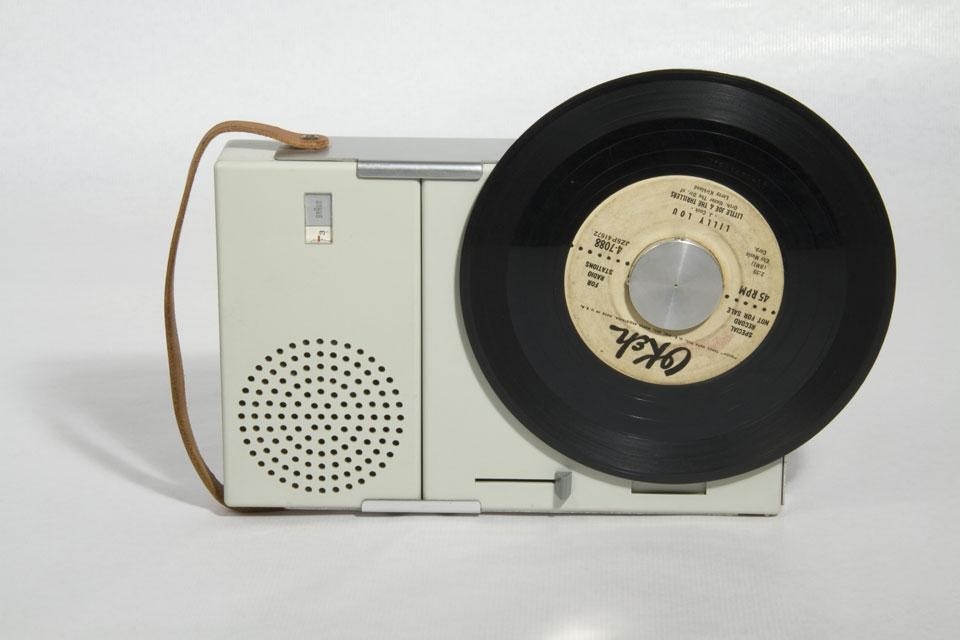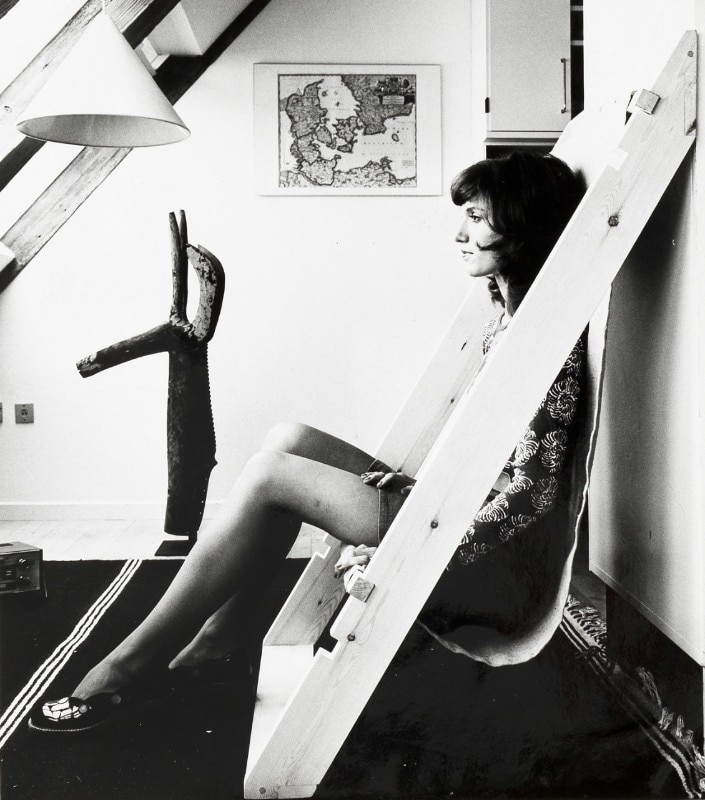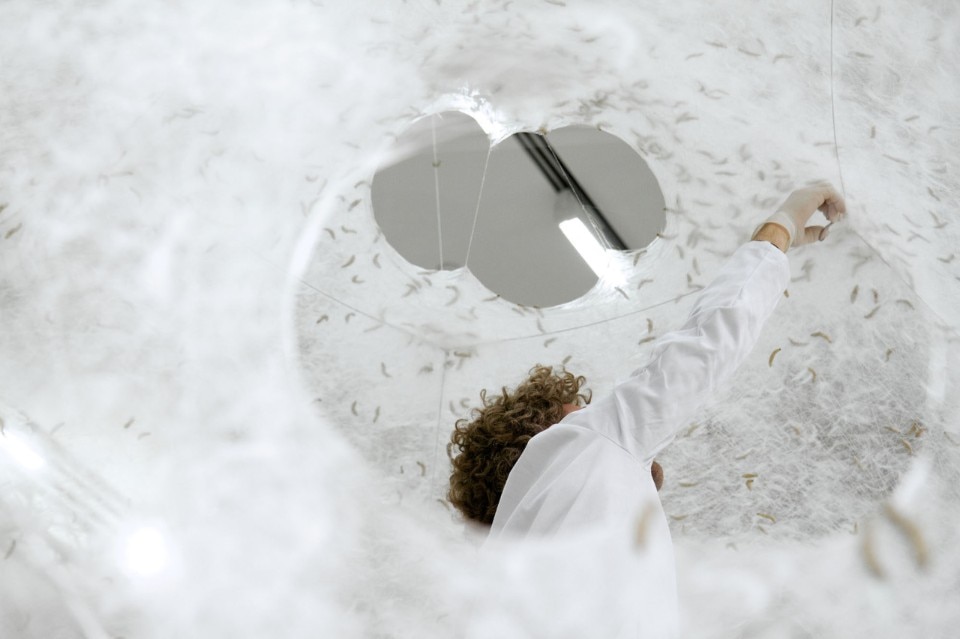“Simplify, simplify, simplify!” That’s what Thoreau wrote on his notebook during his period of self-isolation in Walden Woods. And, as if it were a cry for help against the dangers of excess and uncontrolled consumerism, we can hear this invocation to simplicity still today, while our planet is going through a major crisis.
More than ever, our habitat is filled with images and packed with logos; houses and cities are swamped with objects and products, and media are overloaded with visual stimuli that overwhelm us instead of attracting us. In his book Horror Pleni, Gillo Dorfles [1] explained how this excess of visual and cognitive ’noise’, which plagues the communication of contemporary society, recalled, in the opposite direction, the horror vacui, the fear of emptiness, of the prehistoric man, who pushed him to decorate the walls of caves with the first signs.
Today, under the pressure of a double economic and environmental crisis, accentuated by an unprecedented health emergency, it is more important to remove than to systematically add, it’s necessary to erase, to reintroduce zones of silence of emptiness. Slow down, stop, take a break. Simplify, at a public, private, individual and collective level: from food to agriculture, from tourism to energy, from transport to politics. A kind of truce, imagining a world on a human scale against the threat of its saturation and degradation...
The comeback of simplicity is not yet another trend in the fashion world, it does not impose itself as an aesthetic requirement, but rather as an ethical absolute must.

For decades, art has provided us with significant examples of simplification strategies: from the rise of abstraction at the beginning of the 20th century to the persistence of monochrome painting, from minimalism to the exile of the object in conceptual practices. By simplifying its forms, and often giving up the object, the work becomes environment, system, behaviour, experience. Because, as Robert Morris explained in a famous quote, “The simplicity of form does not translate into an equal simplicity in experience” [2].
Likewise, simplification is a central theme in the history of design, not only in its continuous dialogue with the market and industry, but also with art. A few years ago, the exhibition The Essence of Things. Design and the Art of Reduction (2010) traced the history of the “principle of simplicity” in the production of artefacts from prehistoric times to the present day [3].
In particular, with modernism, formal simplification became a synonym of rationalization, and manifested itself in a refusal of ornamentation, in a reduction to the “essence of the object”, i.e. to its functional dimension. This approach, which claims a perfect harmony between form and function, connects the Chicago school with the Bauhaus, Ulm with contemporary research on technological innovation. Several slogans punctuate it: from Max Bill’s “Gute Form” [4] to Mies van der Rohe’s “Less is More”, to Dieter Rams’ “Weniger, aber besser” (less, but better)... And Rams himself closes his decalogue for Good Design, explaining that “good design is as little design as possible”, and praising simplicity as a fundamental value. Ergonomic and functional effectiveness and formal essentiality are not only technical principles, but a real ethical philosophy, in which “good design” is seen as a fundamental tool for social improvement. It is in this perspective that a good part of technological design has developed, from John Maeda – who praised simplicity in a famous book-manifesto [5] – to Yves Béhar, Sam Hecht, and, of course, Jonathan Ive.
But other approaches claim the same imperative of simplicity. Just think of the SuperNormals exhibition (2007) [6]. According to the designers Jasper Morrison and Naoto Fukasawa, curators of the exhibition, the “normality” of ordinary objects, at times anonymous but always linked to the uses of everyday life, is to be re-evaluated, against a design approach that too often gives in to the rhetoric of style and the logic of marketing.

But today this call for simplicity seems to be going in a different direction, more related to the current emergency situation. More than functionality, simplicity is seen as a synonym for frugality.
The process of modernity, which seemed unstoppable, comes to a tipping point. Faced with the threat of an irreversible crisis, the principles of resilience are invoked: design is reconnected to basic needs, to subsistence. If for modernism simplicity of form was the foundation of the ethical dimension of design, now it is the ethical foundation of design that imposes simplicity of form. To simplify means to repossess the tools, reduce filters, intermediaries, escape from the logic of the market, and, as Victor Papanek had already imagined in the ’70s, to rethink design not only from a social but also from a political perspective.
The symptoms of this “ethical turning point” can be seen everywhere: the proliferation of structures that infiltrate the urban fabric, such as shared gardens, compost collectives, eco-neighbourhoods, energy cooperatives, but also Fab Labs, eco-hacklabs and recycling centres testify to the empowerment of the citizens towards public institutions and the market. These initiatives of self-managed urban resilience are often hosted by associations, founded with little money, and promote slowness, self-production, “simple technologies”, collaboration and economy of means.
In the meantime, in the world of design, experiences are being created (Design Emergency, curated by Paola Antonelli and Alice Rawsthorn), projects – think of Autarchy by Formafantasma, based on the use of bread as a raw material – and revolutionary thoughts and practices are being developed, such as Material Ecology by Neri Oxman (on show at MoMa), which considers biological material as a new co-design substrate with which to build according to a logic that overturns the foundations of modernity. The urgency and commitment animate all these projects: reducing, simplifying, has become today a matter of life and death.
Emanuele Quinz (Bolzano, 1973) is an art historian and curator. Associate professor at Université Paris 8 and associate researcher at EnsadLab (École nationale supérieure des Arts Décoratifs), his research explores the frontier zones between different artistic disciplines.
Opening image: Neri Oxman and The Mediated Matter Group. Silk Pavilion. 2013. View through Silk Pavilion apertures as the silk worms skin the structure. Photo: The Mediated Matter Group. Courtesy The Mediated Matter Group
- [1]:
- Gillo Dorfles, Horror Pleni. La (in)civiltà del rumore (The (in)civilization of noise), Rome Castelvecchi, 2008
- [2]:
- Robert Morris, Notes on Sculpture, in Artforum, October 1966
- [3]:
- The Essence of Things. Design and the Art of Reduction, Vitra Design Museum, 2010
- [4]:
- The formula Bill uses is “ein maximum an wirkung mit einem minimum an materie” (maximum effect with minimum use of material). Cf. Max Bill, Schönheit aus Funktion und als Funktion (1949), in Form, Function, Beauty = Gestalt, London, Architectural Association, 2010, p. 32-41
- [5]:
- John Maeda, The laws of Simplicity, Cambridge, Mass MIT Press, 2006
- [6]:
- Naoto Fukasawa, Jasper Morrison, Super Normal. Sensations of the Ordinary, Zurich Lars Müller Publishers 2007


